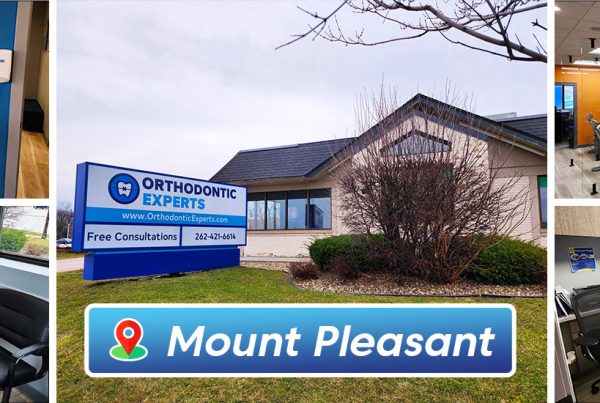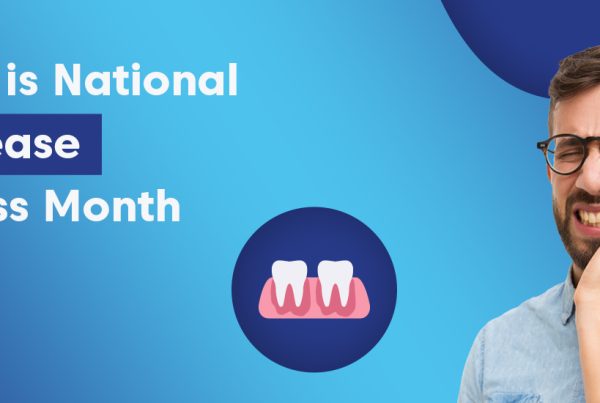A Dentist’s Best Friend
You have finally decided to get the smile of your dreams, but you need to decide who you will trust to carry out this treatment and give you the dream smile that you have always wanted. Orthodontic Experts can help you to understand the difference between an orthodontist and a dentist to ensure you’re making the best decision for your smile.
Orthodontists are dental specialists who are trained in the prevention, diagnosis, and treatment of dental and facial irregularities.
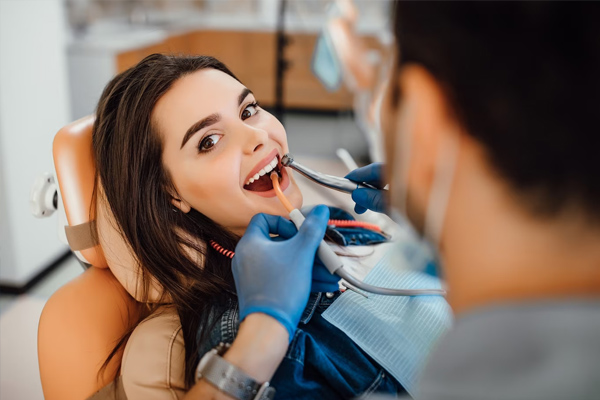
They provide a range of treatment options to straighten teeth, fix bad bites, and align the jaws correctly.
Our trained professionals, completed a five-year degree in dentistry, an orthodontist undergoes a further 5,000 hours (or three years of full time study) of specialist training in the field of orthodontics. For instance, while orthodontists are primarily known for straightening teeth, they can assist with painful and misaligned bites, tooth movement caused by bad habits such as thumb sucking, and even some forms of sleep apnoea.
Orthodontists and dentists share almost the same similarities:
Dentists
- A general dentist is a highly skilled general practitioner who can diagnose and treat problems and common diseases that affect your teeth, mouth, and gums.
- They complete a General Dental Degree
- They are experts in general dental care and maintenance for all ages.
- Dentists perform cosmetic dental procedures
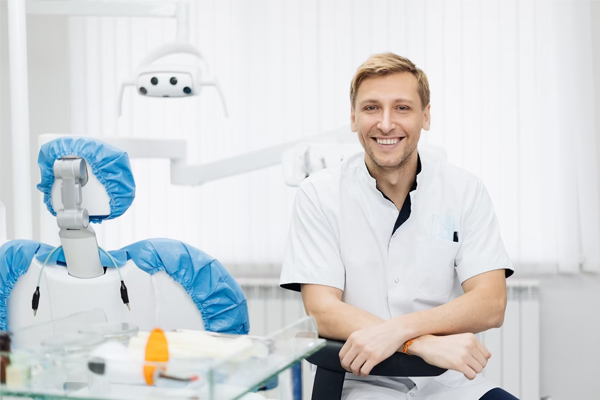
- Most general dentists will refer patients and their own family to orthodontists
Orthodontist
- Orthodontists are registered dental specialists who have completed an additional three years of full time training in orthodontics.
- Orthodontists are facial growth and dental development experts. They diagnose and treat crooked teeth, bad bites, and poorly aligned jaws.
- Orthodontists are experts in all orthodontic care options and technologies for all ages.
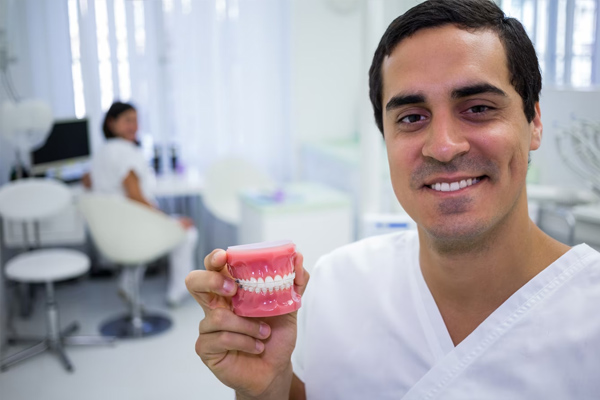
Straightening out the “Tooth”
Even though orthodontics is becoming increasingly popular, there are still many people who doubt that orthodontics is something for them. We would like to explain these concerns more in detail so you understand the different myths.
Myth #1: My kid has to wait until their jaws and teeth are developed before visiting an orthodontist.
Truth: The AAO recommends visiting an orthodontist when the child reaches the age of seven. By this age, the mouth and jaw of your kid are grown enough to predict how they’ll develop when their permanent teeth arrive and further monitor the process to avoid problems later. In case our orthodontists determine the jaw development of your child is not on track or there are other orthodontic issues, the referral to orthodontic treatment is a “must.”
Myth #2: Orthodontics is only for children.
Truth: Even though childhood is considered as the ideal time to make changes in the positioning of the teeth, more adults are opting for orthodontic treatment and coming away with excellent results. This is because there are many causes for crooked teeth, treatment for crooked teeth, which can happen at any age.
Myth #3: It takes lots of time realistically as the duration of your orthodontic treatment depends on your unique situation and the speed in which your teeth move.
Truth: We can confirm that the majority of patients have braces for around two years. While this timeframe may sound like a lot, it is a crucial amount in time for a smile that lasts a lifetime.
Myth #4: Orthodontists are the same as a general dentist.
Truth: The goal of both specialists are to help patients achieve lifelong oral health, but the ways are completely different. Dentists serve patients to prevent and treat different types of oral hygiene and health issues such as teeth cleaning, gum disease, tooth decay, and other common oral problems. Orthodontists will help you achieve oral health by addressing the alignment of your teeth and fix crowded teeth, bite problems, and even speech impediments.
Myth #5: It’s too expensive for orthodontic treatment.
Truth: At Orthodontic Experts, we strive to provide you with the highest quality of orthodontic treatment options that will fit your budget. Our team will help you figure out what payment plan works best for you and your family.
Don’t Be Afraid of the New You
It is very common to worry about a visit to a dental office as soon as you make an appointment. Some studies have found that there are patients who have frequent dreams about orthodontic care. These can result in phobia and avoidance of any dental treatment. In order to get rid of the fear and stay calm before your appointment, here are some steps to follow.
- You should remember that it is not the stone age anymore and orthodontic procedures have considerably improved in the past few years.
- Dialog with your orthodontist is the best start to your treatment. Telling your doctor about what disturbs you the most will always help to relieve any anxiety.
- Breathing deeply and trying to relax will help you to get distracted and become calmer.
- Visiting the orthodontist on a regular basis will help to prevent problems and will definitely decrease your fears.
What to expect from your first orthodontic appointment
We know that many patients are nervous and often don’t know what to expect at their orthodontist appointment, but today we want to dispel your doubts and uncertainties about your first orthodontist appointment.
- Before your first orthodontic appointment, you’re normally asked to fill out some paperwork like your name, address, and phone number, insurance information (this way we can define your benefits for you), your health and dental history and a short explanation of what you would like to accomplish during treatment.
- Obtaining a set of diagnostic records to help us decide the most appropriate orthodontic treatment for you or your child. These records usually include pictures, X-rays or innovative iTero scans of your mouth. The purpose of these records at your first orthodontist appointment is to see the health and position of your teeth, bone, roots, and jaws. This will make a record of where your teeth are at the beginning of treatment at our office and also track the development of your profile, lip posture, and facial symmetry during the treatment.
- Getting to know your personal orthodontist and discuss your concerns in order to have a better understanding of how to fix your orthodontic treatment. Orthodontic Experts Treatment Coordinators will work with you or your family to make the best financial arrangements that fit your budget.
Why early treatment is good for your kids
It happens that parents come to an orthodontic office feeling guilty of not bringing their kids to an orthodontist earlier. Every treatment prevents the development of serious orthodontic issues and reduces the time of orthodontic treatment in the future. According to the AAO, they recommend the child to visit an orthodontist at the age of seven. By this age, the mouth and jaw of your child are grown enough to predict how they’ll develop when their permanent teeth arrive and further monitor the process to avoid problems later.
As a parent, you should not worry because our team of orthodontists at Orthodontic Experts has unique skills and experiences to help your child achieve their dream smile that they have been waiting for. For instance, getting more into detail early orthodontic treatment helps to ensure that permanent teeth will arrive at an ideal position, avoid problems with chewing and biting and guide jaw growth. Bringing your child to an orthodontist at an early age guarantees a long-term stability and proper development that positively influences self-esteem of any child.
Since the child is probably at Phase 1, their teeth are still developing which means that our orthodontists can monitor the jaw development and help fix the position of permanent teeth, from which you and your child will benefit from in the near future when they’re ready.
Fear of Dental Impressions
Dental impressions are an important part of your treatment records, as well as to make retainers and other appliances to fit your teeth and gums perfectly. Often patients dislike the experience of getting dental impressions, as it causes lots of messes, gagging, and discomfort for the patients. That is why Orthodontic Experts want the patients to have the best experience possible. With that, our office took the dental impressions to the next level with the delivery of the iTero Element Scanner.
The iTero Element Scanners are installed in all of our clinics, which feature cutting edge laser technology that enables the machine to fully capture the structure of your mouth without the discomfort, pain or gagging. So, say goodbye to the gooey impressions and hello to the 2020 technology!
It only takes a few minutes to scan your gums and teeth as the machine assures immediate and accurate scans. The iTero Scanner is directly integrated with Clear Aligners, which allows you to have your invisible appliances way sooner. All of our patients are satisfied with their experience of getting dental impressions at our offices because the iTero Element Scanner makes the process easy and quick with no discomfort in your mouth.
Going Back to the Basics
Have you ever wondered what the terms for orthodontics actually meant when you’re doing your research before you start the orthodontic treatment?
Here are the seven most important terms to know and their meanings:
- Consultation– An appointment with your orthodontist where you discuss your treatment plan.
- Bonding– The process by which orthodontic attachments are affixed to the teeth by an adhesive.
- Adjustment– The appointments also give the orthodontist an opportunity to evaluate the tooth movement and make the necessary recommendations in treatment.
- Band– A thin metal ring, usually stainless steel, which serves to secure orthodontic attachments to a tooth. A band, with orthodontic attachments welded or soldered to it, is closely adapted to fit the contours of the tooth and subsequently cemented into place.
- Debonding– The removal of bonded orthodontic attachments.
- Clear Aligners– Unlike the more Traditional Metal Braces or retainers, Clear Aligners is a virtually invisible method of straightening your teeth. You will be fitted with removable, see-through aligners that have been specially crafted to fit your teeth.
- Removable Retainer– A passive removable acrylic and wire appliance, generally used to stabilize teeth in their new position after orthodontic correction.
Crooked teeth are a problem for many people all over the world including children, teens, and adults. There are many reasons why people have crooked teeth, so we have created a mini-guide to help you understand how this can happen.
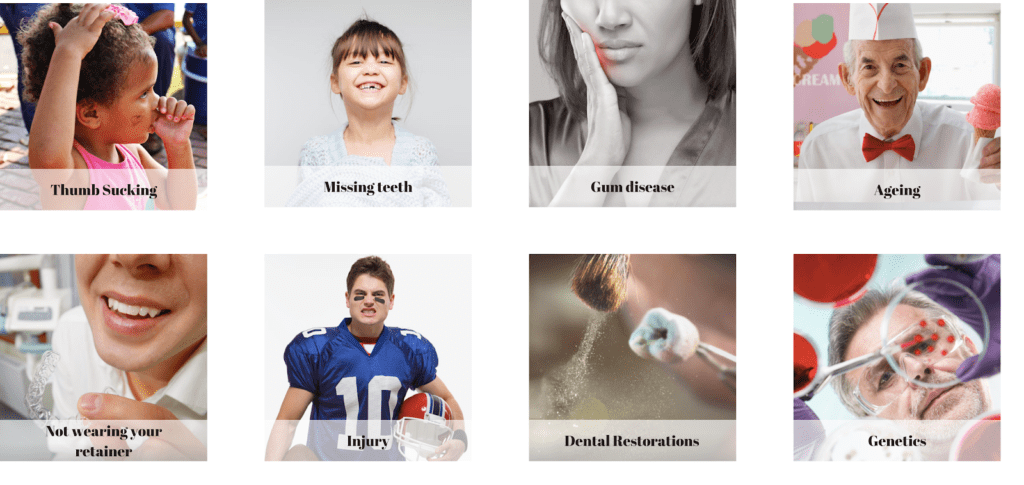
Our professional team at Orthodontic Experts can always find a solution to help you fix those crooked teeth. Choosing braces and Clear Aligners will take you in the right direction to your new beautiful dream smile that you have always wanted.
Many children, teens, and even adults experience discomfort and pain, speech difficulty, and the loss of confidence due to the issues with their bite. Usually, only orthodontic treatment can fix bite problems. At Orthodontic Experts, we see patients with bite problems every single day and we have a great experience with treating them and making our patients’ smiles look beautiful and gorgeous. There are different types of bites that we want to make sure you understand. So, we have defined them below for you to read.
- Underbite: This can be recognized when your jaws are closed and your lower jaw extends out past your upper jaw. This causes your lower teeth to sit out in front of your upper teeth.
- Overbite: This occurs when you close your jaws and the upper jaw extends out past the lower jaw, causing the opposite characteristics of an underbite.
- Spacing Problems and Crowding: Spacing can be easily fixed by simple cosmetic treatment, however, large spacing problems can cause dental issues, that is why significant spacing should be addressed as soon as possible. Spacing can occur due to missing teeth or teeth that were lost due to injuries, or adult teeth that never grew in. Crowding is as important because this can be caused by teeth growing in too tight of a space. This issue can cause strong pain because there is not enough room for teeth in your mouth.
- Midlines: Alignment problems occur when the back of your bite does not match correctly. This can cause dental issues, difficulties chewing properly, and discomfort in your jaw or teeth.
Understanding teeth numbers can be difficult sometimes. When you experience that moment when sitting in the chair at the orthodontic office and hearing your orthodontist saying “11, 26, 45, 48” or you must have struggled reading your dental treatment plan.
We know teeth on names, such as molar, incisor, or wisdom tooth, but you might not know what the teeth numbers are. When you visit Orthodontic Experts, your teeth are specially identified as numbers. The ADA Universal Numbering System treats the 32 permanent teeth in a clockwise fashion as seen by your dentist or orthodontist. Teeth numbers 1-16 are on your upper jaw and teeth numbers 17-32 are in your lower jaw.
For instance, teeth numbers 1, 16, 17, and 32 are your wisdom teeth and teeth numbers 14 and 15 are your upper left molars.
Here is a handy guide for all the teeth numbers, so you can follow it:
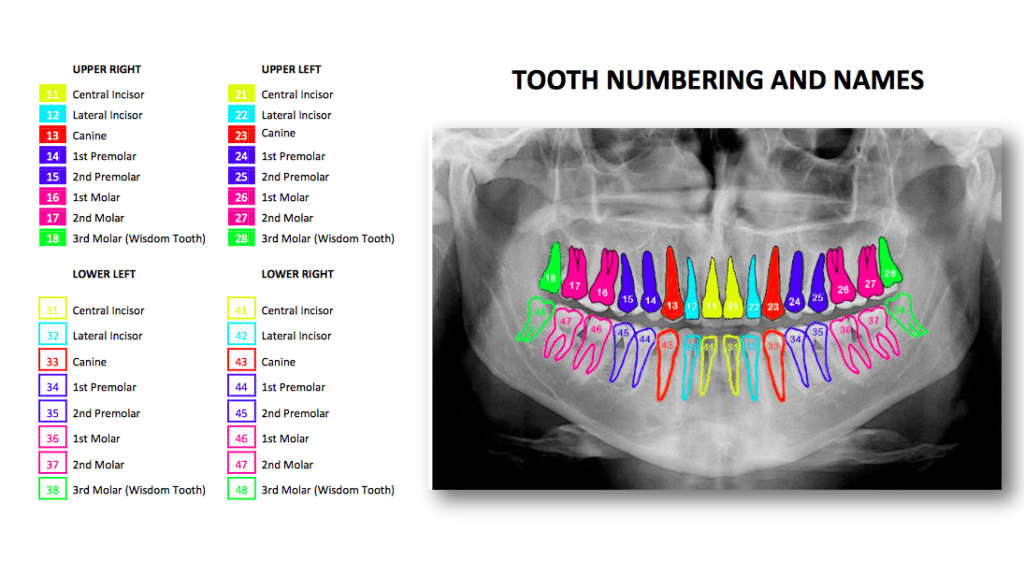
Make Your Dream Smile a Reality at Orthodontic Experts!
Our passion for orthodontics is the driving force behind our commitment to creating beautiful dream smiles for every patient that comes to our clinics. If you’re dreaming of a beautiful smile and considering orthodontic treatment, here are the ten reasons to choose Orthodontic Experts!
- Professional Team
- High Standards
- Family-Friendly Clinic
- Modern Technology
- Culturally Friendly
- 16 Orthodontic Locations Perfect for You!
- Bespoke Treatment Plans & Customized Payment Options
- No-Cost Consultations
- Flexible Appointment Hours
Many people aren’t sure where to start, but the main thing is for you to start in the place and that is Orthodontic Experts!









